International
Pablo Neruda’s nephew says lab report reveals poisoning
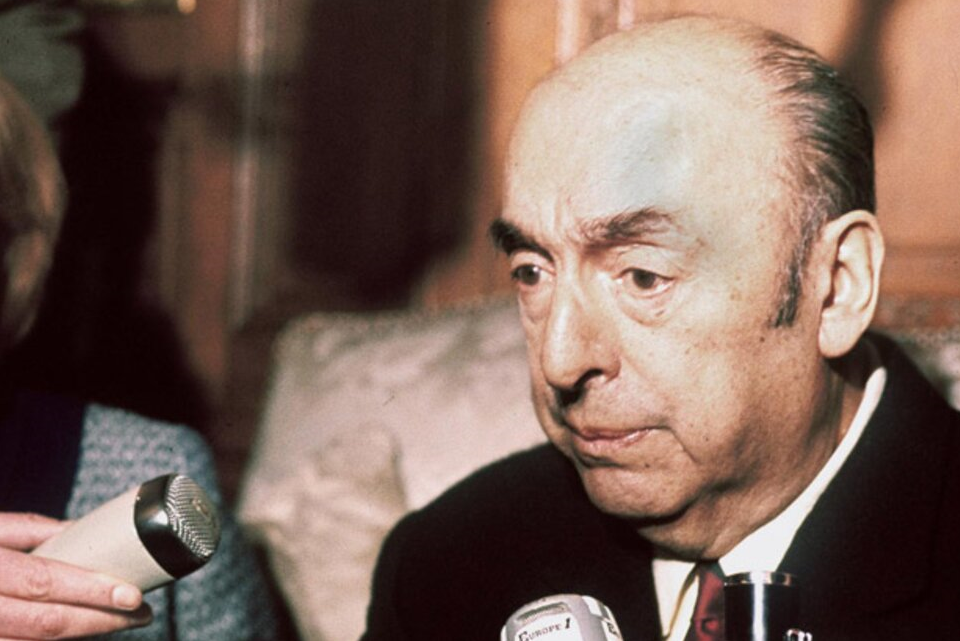
February 15 |
The nephew of Chilean poet Pablo Neruda, Rodolfo Reyes, said Monday that the forensic report on the cause of death of the Nobel Prize in Literature indicates that he would have been poisoned with a botulinum bacterium in September 1973, a few hours before a flight that would have taken him to exile in Mexico.
This conclusion would dismantle the official thesis that he died of metastatic prostate cancer.
The affirmation of Reyes, who besides being a nephew is a lawyer in the judicial case of Neruda’s death, is known a couple of days before a group of forensic experts from Canada, Chile and Denmark deliver a report that will establish if the poet was poisoned or if he died of cancer, which is the official explanation that was delivered in September 1973, 12 days after the military coup that overthrew President Salvador Allende.
The results of the forensic expertise were to be released at the beginning of February, but the convocation was suspended due to connection problems of the specialists.
Reyes, interviewed by AP, said that the forensic report from laboratories in Canada and Denmark indicates the presence in Neruda’s remains of “a large amount of Clostridium botulinum, which is incompatible with human life”, a fact that the relative first confirmed to the Spanish news agency EFE.
The botulinum toxin is produced by a bacterium that can cause problems to the nervous system and even death.
According to Reyes, as a lawyer in the court case, he had access to the results of the tests of the laboratories in Canada and Denmark, which were made after the same forensic group indicated in 2017 that other experts had already pointed to the presence of the toxin in the bone remains and in a molar of the poet.
Reyes stated that the laboratory reports ratified that “there was no external contamination, that the Clostridium botulinum was endogenous”, that is, internal, and that it would have been given to the poet “while he was alive”.
He added that the only reports missing in the case investigated by Judge Paola Plaza are those elaborated by a couple of experts from each of the laboratories, which would be received tomorrow or the day after.
The first to affirm that the poet was poisoned was his driver, Manuel Araya, who has reiterated to AP that while Neruda was hospitalized in the private clinic, an alleged doctor gave him an injection in his stomach while he and the poet’s wife, Matilde Urrutia, were carrying out some of the poet’s errands in Isla Negra, 110 kilometers northwest of the Chilean capital. He said that the version was given to him by a nurse.
Urrutia and Araya hospitalized him while waiting for the plane to take him to his exile in Mexico. In a telephone conversation with AP, the Mexican ambassador at the time, Gonzalo Martínez Corbalá, said that on Saturday, September 22, he went to pick him up at the clinic to take him to the airport, but the poet postponed the trip to Monday and died on Sunday.
The conversation with Martínez was in 2017, shortly before his passing.
Neruda was a lifelong militant of the Communist Party, which after several years accepted the driver’s complaint and in 2011 filed a lawsuit to investigate what killed him.
The Nobel’s remains were exhumed in April 2013 and, seven months later, the same experts indicated that no “relevant chemical agents” were found that could be related to his death.
However, at that time the Chilean forensic institute lacked the latest technology to detect a poisoning that could have occurred 40 years earlier.
In 2017, they announced the presence of the toxin and requested genetic tests to “confirm or exclude the action of third parties in the poet’s death.”
International
U.S. strike in Caribbean kills three suspected drug traffickers
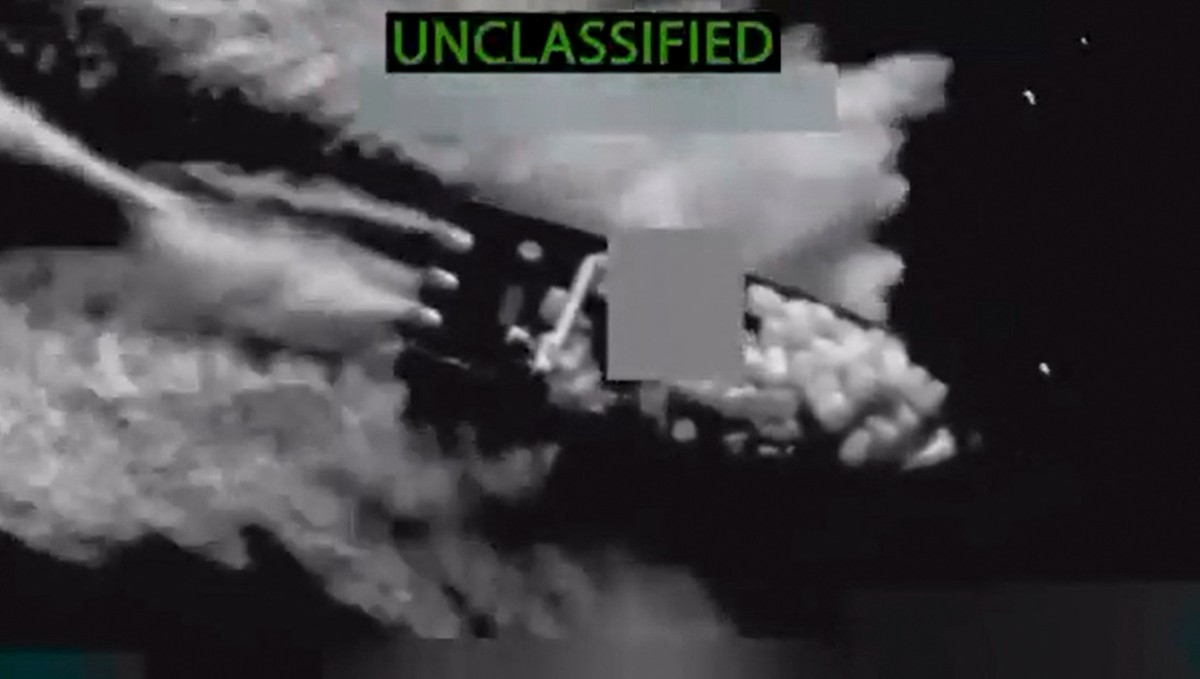
A U.S. strike on a suspected drug-smuggling vessel in the Caribbean killed three people on Saturday, according to Pentagon Chief Pete Hegseth, marking the latest in a series of attacks in international waters.
The United States has deployed ships to the Caribbean and sent fighter jets to Puerto Rico as part of a large military force that Washington says is aimed at curbing drug trafficking.
“This vessel, like all the others, was known to our intelligence for being involved in illicit narcotics smuggling,” Hegseth stated on X. “Three narcoterrorists were aboard the vessel during the attack, which took place in international waters,” he added.
Experts argue that the attacks, which began in early September, amount to extrajudicial executions, even if the targets are known traffickers.
Washington has yet to publicly provide evidence that the targeted individuals were actively smuggling drugs or posed a threat to the United States.
Hegseth said the U.S. would continue “hunting… and killing” suspected traffickers. He also shared video footage of the strike, showing the vessel being hit and engulfed in flames. As in previous videos, sections of the ship were blurred, making it impossible to verify the number of people on board.
The United Nations called on Friday for Washington to halt its attacks.
International
At least 23 killed in Sonora supermarket blast, including minors
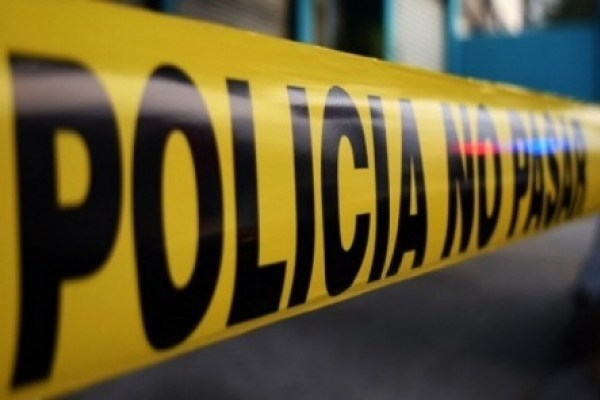
At least 23 people were killed and 11 others injured in an explosion at a supermarket in Hermosillo, in the northern Mexican state of Sonora, local authorities reported on Saturday.
“So far, there are 23 confirmed deaths and 11 injured, including minors,” said Sonora Governor Alfonso Durazo in a video message. He added that the injured are receiving treatment in various hospitals across the city.
“I have ordered a thorough and transparent investigation to determine the causes of the incident and assign responsibility where appropriate,” Durazo said.
The explosion occurred at a Waldo’s store in downtown Hermosillo. Local authorities confirmed that the incident was not an attack nor related to any violent act against civilians.
Meanwhile, Mexico City Mayor Claudia Sheinbaum expressed her condolences on X, offering sympathy to the families and loved ones of those who lost their lives.
International
Floods in Central Vietnam leave 28 dead, thousands displaced
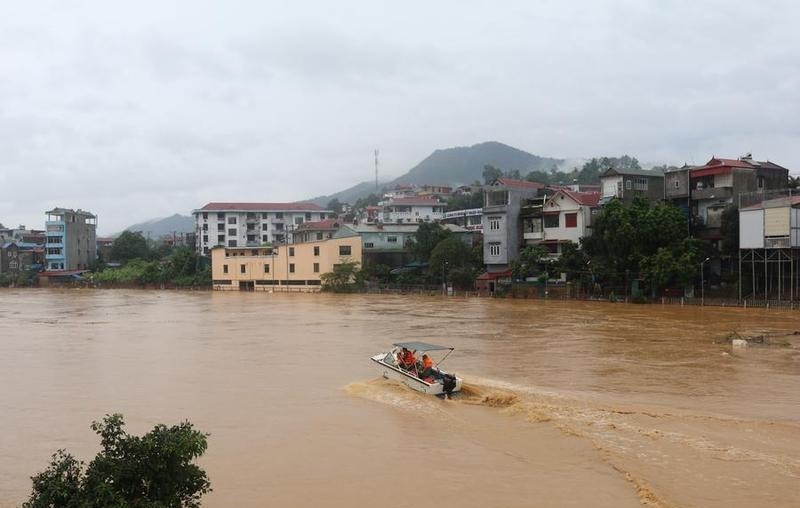
The death toll from heavy rains and flooding in central Vietnam has risen to 28, with six people reported missing and 43 injured, local newspaper VnExpress reported Friday night.
More than 22,100 homes remain flooded, primarily in the cities of Hue and Da Nang. Floods and landslides have destroyed or swept away 91 houses and damaged another 181, the report added.
Around 245,000 households are still without electricity, particularly in Da Nang, where over 225,000 homes are affected.
Additionally, 80 stretches of national highways are blocked or disrupted due to landslides. Authorities expect the flooding to continue for another day or two in the region.
-
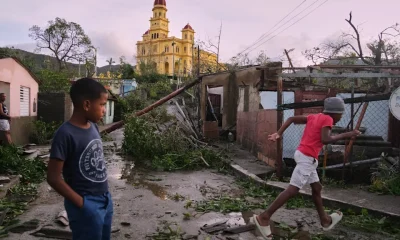
 International3 days ago
International3 days agoHurricane Melissa kills over 30, leaves thousands displaced in the Caribbean
-
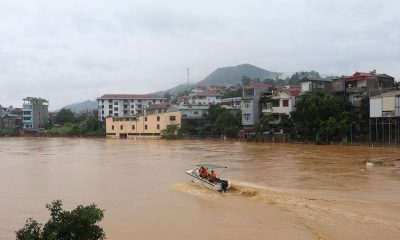
 International2 days ago
International2 days agoFloods in Central Vietnam leave 28 dead, thousands displaced
-
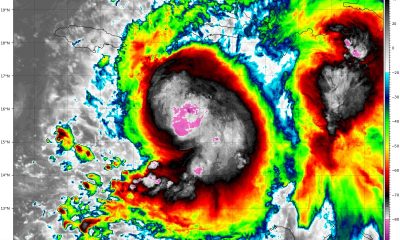
 International5 days ago
International5 days agoMelissa leaves path of destruction in Caribbean, 735,000 evacuated in Cuba
-
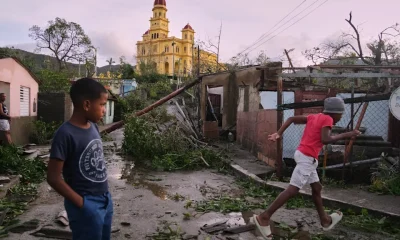
 International4 days ago
International4 days agoHurricane Melissa leaves Jamaican residents homeless as recovery efforts begin
-

 International3 days ago
International3 days agoU.S. considering airstrikes on military sites in Venezuela, reports say
-

 International5 days ago
International5 days agoArgentina’s Milei opens dialogue with parties to push “Second-Generation Reforms”
-

 International4 days ago
International4 days agoUS Deputy Secretary criticizes Mexico’s call to end Cuba trade embargo at UN
-

 International4 days ago
International4 days agoTrump orders immediate U.S. nuclear testing, ending 30-year moratorium
-
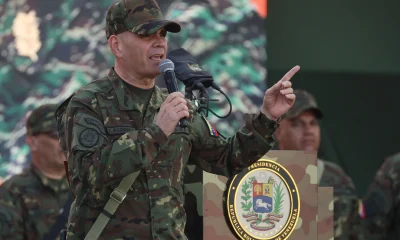
 International4 days ago
International4 days agoVenezuela warns citizens who call for invasion risk losing nationality
-

 International3 days ago
International3 days agoTrump sets historic low refugee cap at 7,500, prioritizes white South Africans
-
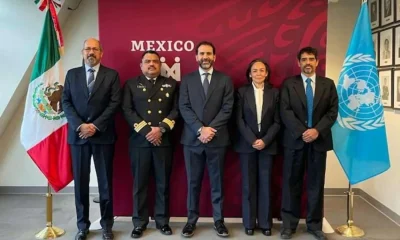
 International4 days ago
International4 days agoMexico advances continental shelf claims at UN Commission in New York
-
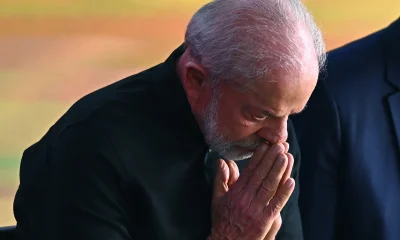
 International4 days ago
International4 days agoBrazilian president defends coordinated anti-drug operations after deadly Rio raid
-

 International3 days ago
International3 days agoUNICEF: Over 700,000 children affected by Hurricane Melissa in the Caribbean
-

 International14 hours ago
International14 hours agoAt least 23 killed in Sonora supermarket blast, including minors
-

 International2 days ago
International2 days agoFBI foils ISIS-Inspired attack in Michigan, arrests five teens
-

 International3 days ago
International3 days agoPope Leo XIV revives Global Compact on Education to confront cultural crisis
-

 International3 days ago
International3 days agoU.S. warns China over Taiwan during high-level defense talks in Kuala Lumpur
-

 International4 days ago
International4 days agoSimeón Pérez Marroquín, ‘El Viejo,’ detained for role in Miguel Uribe Turbay assassination plot
-

 International14 hours ago
International14 hours agoU.S. strike in Caribbean kills three suspected drug traffickers






























